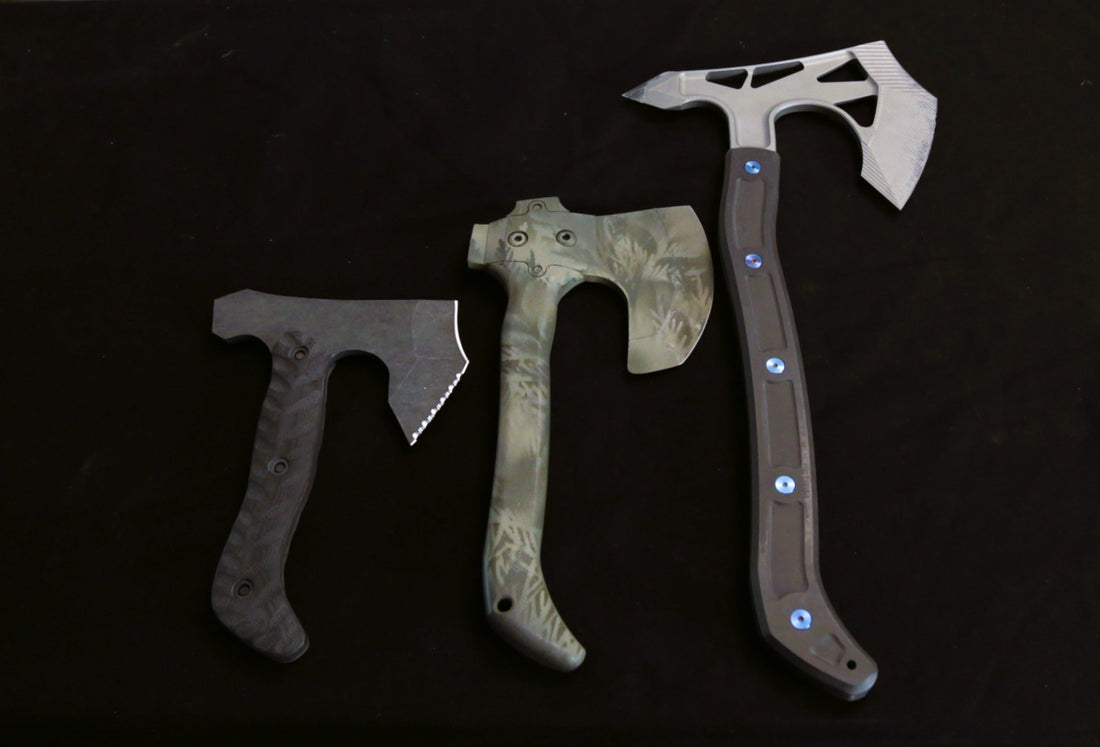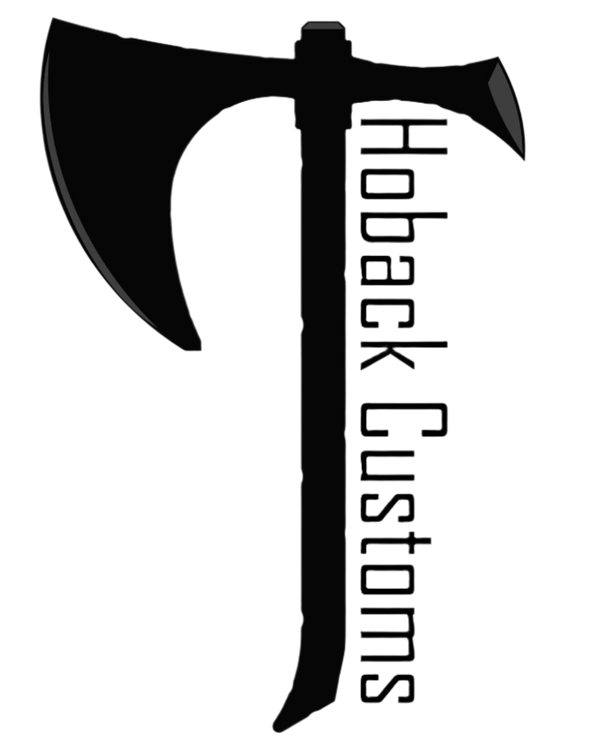
A Maker's Guide: There's No "Best" Steel, Only the Right Steel for the Job
Share
One of the first questions I always get is, "What's the best steel for a knife?" It's a simple question with a complex answer. The truth is, there is no single "best" steel. If there were, I'd use it for every knife I make, and so would every other maker out there.
The reality is that knife steel is a balancing act, a constant trade-off between three key properties. Think of it as a triangle: you can move closer to one corner, but you'll always move further away from another. Understanding this balance is the key to choosing the right knife for the mission.
The Steel Triangle: A Balancing Act
Every steel, from simple carbon steels to the most advanced "super steels," is judged on these three characteristics:

- Hardness / Wear Resistance (Edge Retention): This is a steel's ability to resist abrasion and hold an edge. A harder steel will stay razor-sharp for a very long time, even after tough use. The downside? Extreme hardness can often lead to brittleness.
- Toughness (Chip Resistance): This is the steel's ability to resist impact and prevent chipping or breaking. A tough steel can handle being dropped, twisted, or used for prying without fracturing. The trade-off is that tougher steels are often softer and won't hold an edge as long as harder steels.
- Corrosion Resistance (Rust Resistance): This is pretty straightforward—it's the steel's ability to resist rust and corrosion when exposed to moisture and the elements. Stainless steels are high in chromium, which makes them excellent at resisting rust. However, adding that much chromium can sometimes impact the steel's toughness or its potential for extreme hardness.
My Philosophy: Matching the Steel to the Mission
When I design a knife, the first thing I consider is its intended job. This mission dictates how I balance the steel triangle.
For a hard-use folding knife like the Kwaiback, I need a steel that can do it all. It needs to hold an edge through daily tasks but also be tough enough to handle unexpected, demanding situations without chipping. That's why I gravitate towards modern, well-balanced "super steels" like CPM-20CV or CTS-XHP. They offer an incredible combination of wear resistance and toughness, with the added benefit of being highly corrosion-resistant. They represent the peak of that balanced triangle.
For a custom, specialized tool, the equation might change. A dedicated slicing knife might prioritize extreme hardness for a screaming sharp edge, while a heavy-duty chopper would require maximum toughness above all else.
Ultimately, the name of the steel is less important than the philosophy behind its selection. The right knife isn't the one with the most hyped steel; it's the one where the maker has expertly chosen the right material for the job it was built to do.
